Billionaire philanthropist and former New York Mayor Michael Bloomberg pledged $500 million in September toward shifting electricity production in the United States to wind and solar energy and shutting down its coal- and gas-fired plants.
However, some experts say that Bloomberg’s millions, together with the billions being spent by the Biden administration, are paving a road to ruin.
“With 372 of 530 coal plants announced to retire or closed to date—more than 70 percent of the country’s coal fleet—this next phase will shut down every last U.S. coal plant,” Bloomberg Philanthropies stated.
The effort also aims to “slash gas plant capacity in half, and block all new gas plants.”
Many of those who study America’s electric infrastructure say this is taking us down a dangerous path.

“We’re following people here that are pied pipers,” physicist and energy analyst John Droz told The Epoch Times, referring to the literary character who led children to their doom through delusive enticement.
“This whole business of promoting renewables as a solution is completely unproven, scientifically.”
The transition is destabilizing America’s power grid, which could damage transformers and cause long-term outages, according to Steven Milloy, energy expert, news commentator, and publisher of Junkscience.com.
“We are in this nonsensical, headlong rush to wreck our grid,” he told The Epoch Times.
What's overlooked in this drive to close coal and gas plants is America’s ability to keep the lights on. And while neither the Biden administration nor Mr. Bloomberg has produced a cost-benefit analysis for their plans, analysts say we can look to places such as Germany and Texas, which have taken the lead in transitioning to wind and solar, for a preview of what's in store.
German energy economist Lars Schernikau has assessed the results of his country’s “Energiewende” (energy transition) and warns Americans to not follow Germany’s example.
"Wind and solar do not seem to work; otherwise, after 20 years of ‘Energiewende,’ power prices would be lower and Germany would not be in trouble,” he told The Epoch Times.
Germany spent hundreds of billions of euros to build wind and solar facilities since 2002, doubling its power generation capacity and boosting the share of renewables to 60 percent from about 10 percent. However, its electricity production has been flat, while the cost of electricity skyrocketed.
Wind and solar don't increase output proportionately because of their significantly lower “capacity factor,” or the percentage that's actually generated versus capacity built.
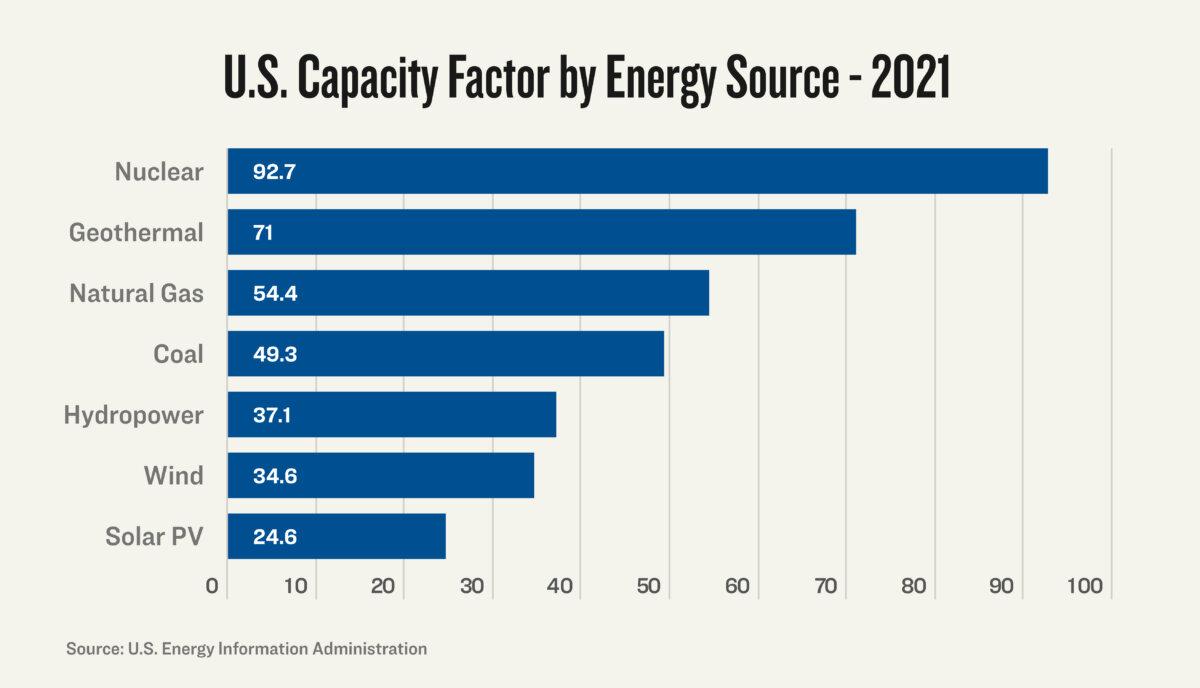
The process of shuttering coal and nuclear plants has left the country at the whim of the weather and unfriendly neighbors, such as Russia, and also dangerously short of dependable power that can be adjusted to meet fluctuations in demand.
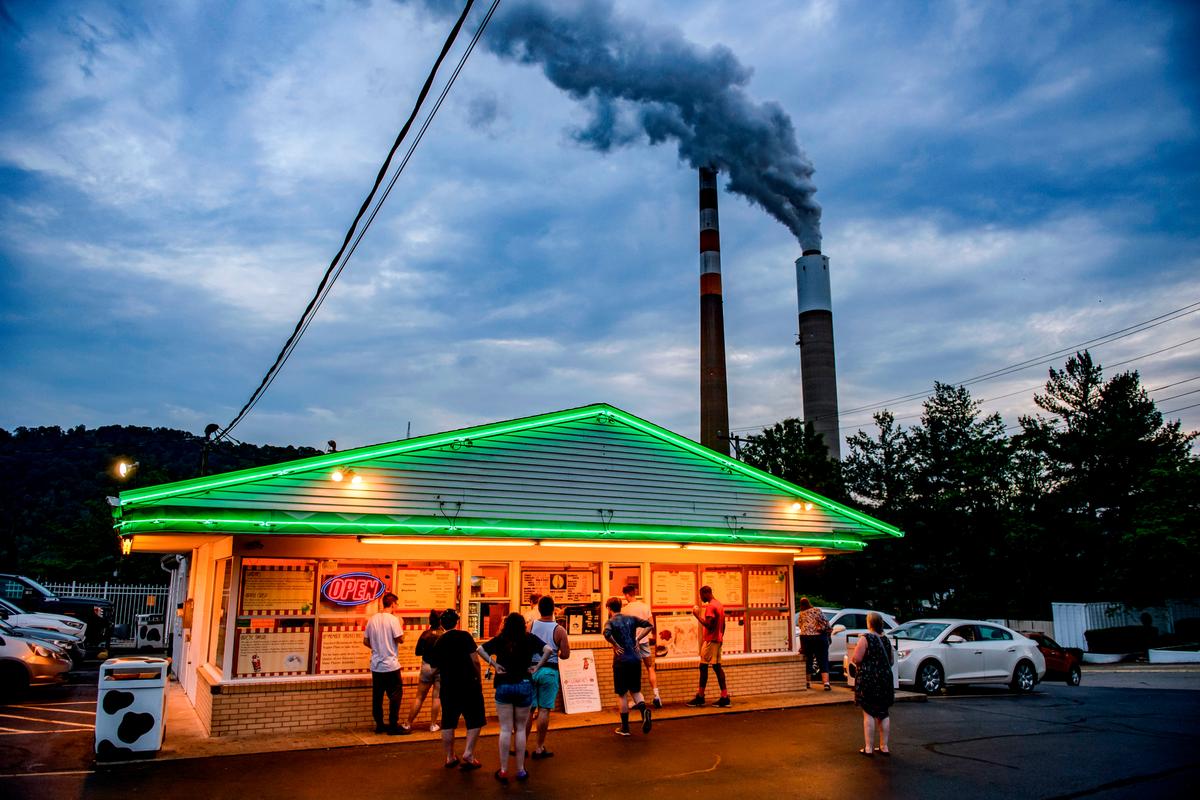
Depleting Reserves to Balance Renewables
The transition to renewables is now eroding that safety margin. Germany, where peak demand is around 80 gigawatts, once had about 100 gigawatts of reliable, dispatchable capacity; now, reliable capacity is down to 80 to 85 gigawatts, according to Mr. Schernikau.“That means they are actually at the margin," he said. "As soon as you get close to the margin, whether your reliable power supply equals or is barely above your peak power demand, you're running into trouble, which is exactly what Texas has done.”
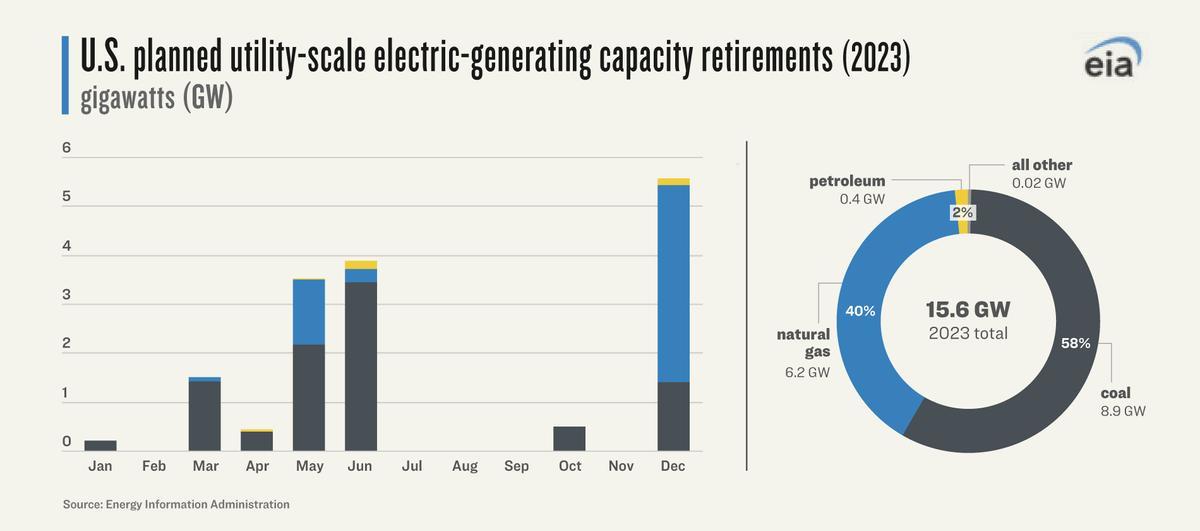
The problem for the electric grid as a whole is that the electricity supply must always match the demand. If the system goes out of equilibrium, substantial damage to the grid’s hardware could result, leading to long-term outages.
“Wind comes and goes, and you can’t operate off of something that’s an unpredictable source; you need an auxiliary source of power to balance it out,” Mr. Droz said. “Something like 99 percent of that balancing power is gas.
“When these people say wind, that is deceptive because there is no such thing as wind by itself. What they should be saying is a wind-plus-gas package.”
What many U.S. utilities are doing is expanding their wind and solar capacity but not adding reliable backup facilities to match it, he said. Instead, the utilities “just dump any excess need for balancing onto the system,” hoping that they can draw on other regions when there’s a shortfall.
Increasingly, they're also drawing on the emergency reserve.
“The wind developers are using the reserve as the auxiliary, and that’s not supposed to be what happens,” Mr. Droz said. “They should not be allowed to take from the emergency reserve to balance their wind projects.”
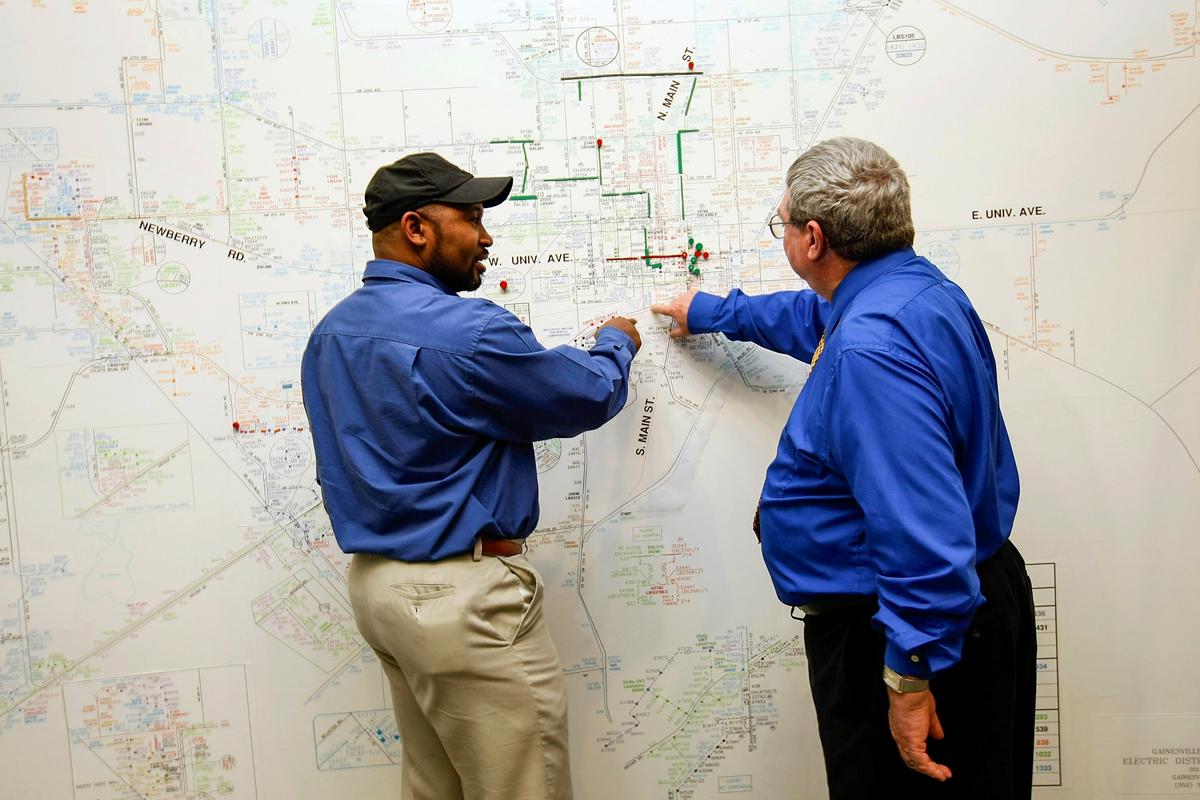
‘Reliability Chicken’
Brent Bennett, policy director at the Texas Public Policy Foundation, refers to this process as “reliability chicken.”“They’re having to play a lot of games now in order to justify building more wind and solar,” he told The Epoch Times.
Among the utilities, Mr. Bennett said, “everybody is pointing at each other and saying, ‘We’re going to get energy back from these guys,’ and these guys over here say, ‘We’re going to get energy back from those guys.’”
As long as there's only a small percentage of wind and solar in the system, “they can get away with that,” according to Mr. Droz.
“But when you get a more severe case, like the Texas freeze, all of a sudden that reserve that was built in for emergencies is completely gone,” he said.

Ultimately, Texas electricity operators were able to implement emergency rolling blackouts and shed enough load to rebalance the system in time to prevent an even greater catastrophe. However, experts warn that operating so close to the margin is a very dangerous game to play.
Testifying before the U.S. Senate in 2015, former CIA Director James Woolsey was asked what would happen to Americans if the electric grid went down for an extended period.
“There are essentially two estimates on how many people would die from hunger, from starvation, from lack of water, and from social disruption," he said.
“One estimate is that within a year or so, two-thirds of the United States population would die. The other estimate is that within a year or so, 90 percent of the U.S. population would die.”
Despite that risk, government policies are pushing utilities to move faster to shut down coal and gas plants.
“All the incentives are for utilities to build more wind and solar,” Mr. Bennett said.
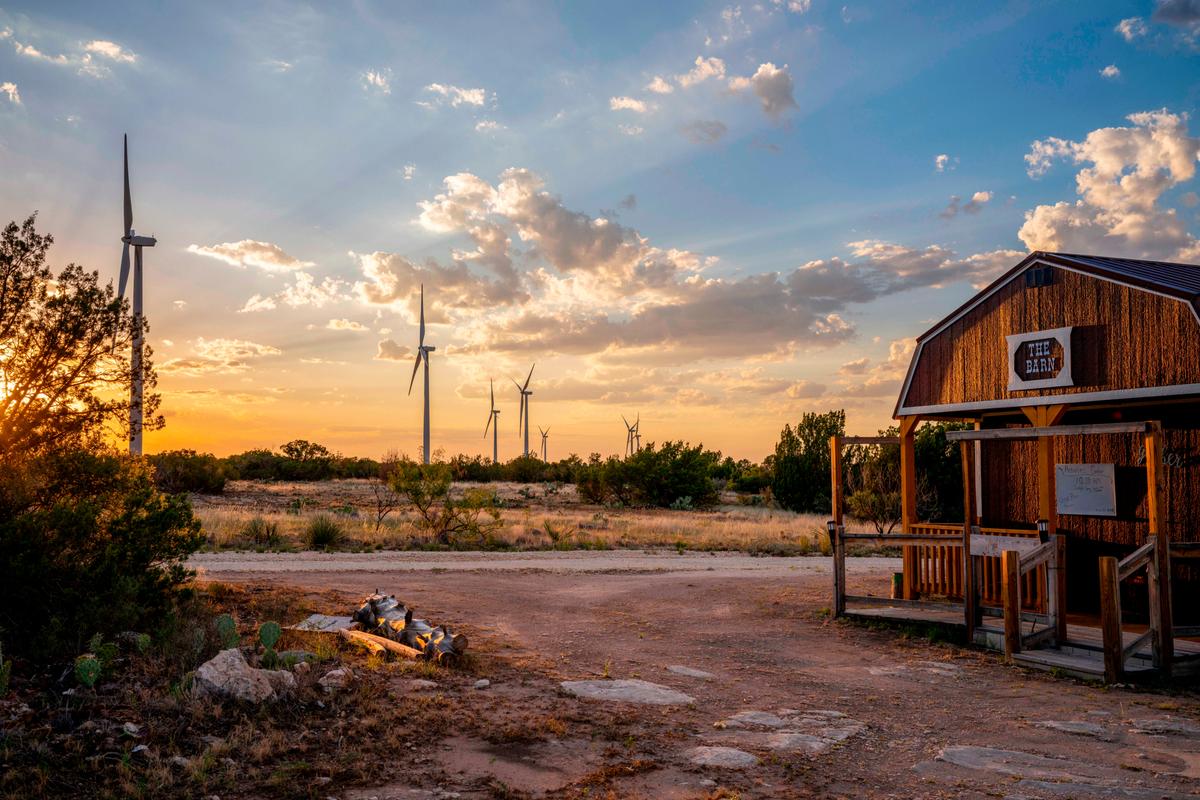
"As a result of the historic investments in the Inflation Reduction Act and Bipartisan Infrastructure Law as well as other actions the Administration is taking, the United States is on a clear path to achieve this goal, while reducing costs for consumers, lowering harmful pollutants, mitigating climate change, and creating new economic opportunities."
However, a recent report by the North American Energy Regulatory Corp. (NERC), which monitors America’s grid reliability, has warned about large segments of U.S. electricity infrastructure becoming unstable because of a too-rapid retirement of dispatchable fossil fuel plants.
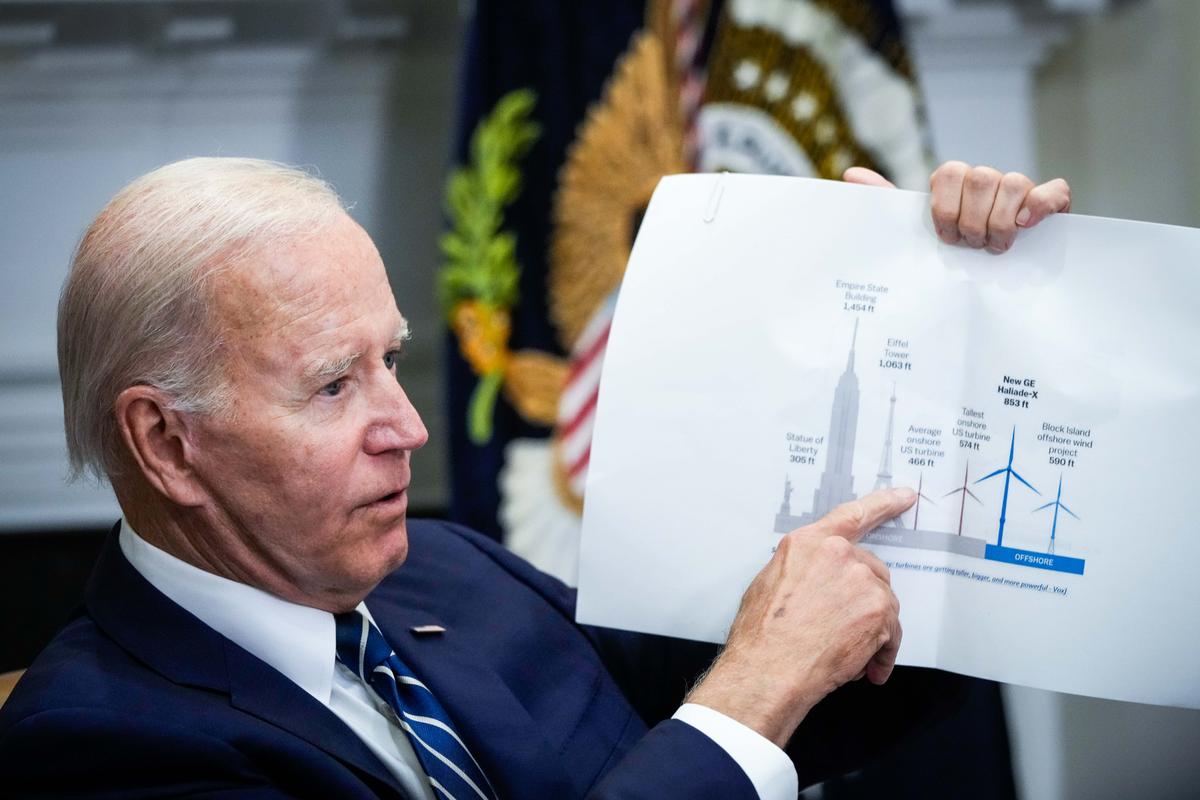
Despite the risks, which now even federal regulators are highlighting, “you have the EPA coming out and saying, 'You’re not moving fast enough, you’ve got to move faster,'” according to Mr. Bennett.
Skyrocketing Costs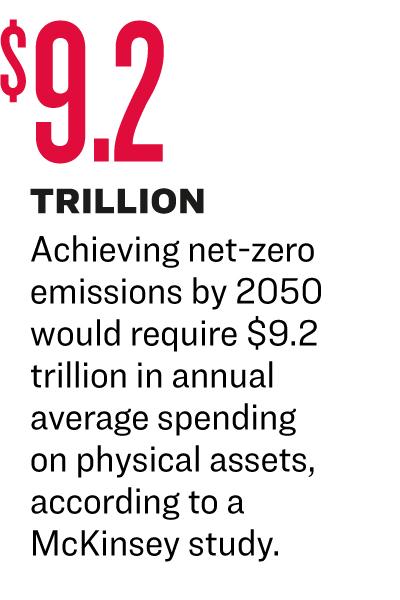
As the transition to renewables accelerates, consumers continue to see their electric bills rise.
The state, which is one of America’s top coal producers, saw the share of coal-plant production drop in 2022 to 71 percent of its electricity generation from 97 percent. At the same time, the share of wind power rose to 22 percent, making up most of the difference.
Rocky Mountain Power claims that the price increases are because of higher coal and gas prices. Similarly, Texas’s Southwestern Electric Power Co. (SWEPCO) also cited rising coal prices for its decision to shutter the Pirkey coal plant before the end of its useful life.
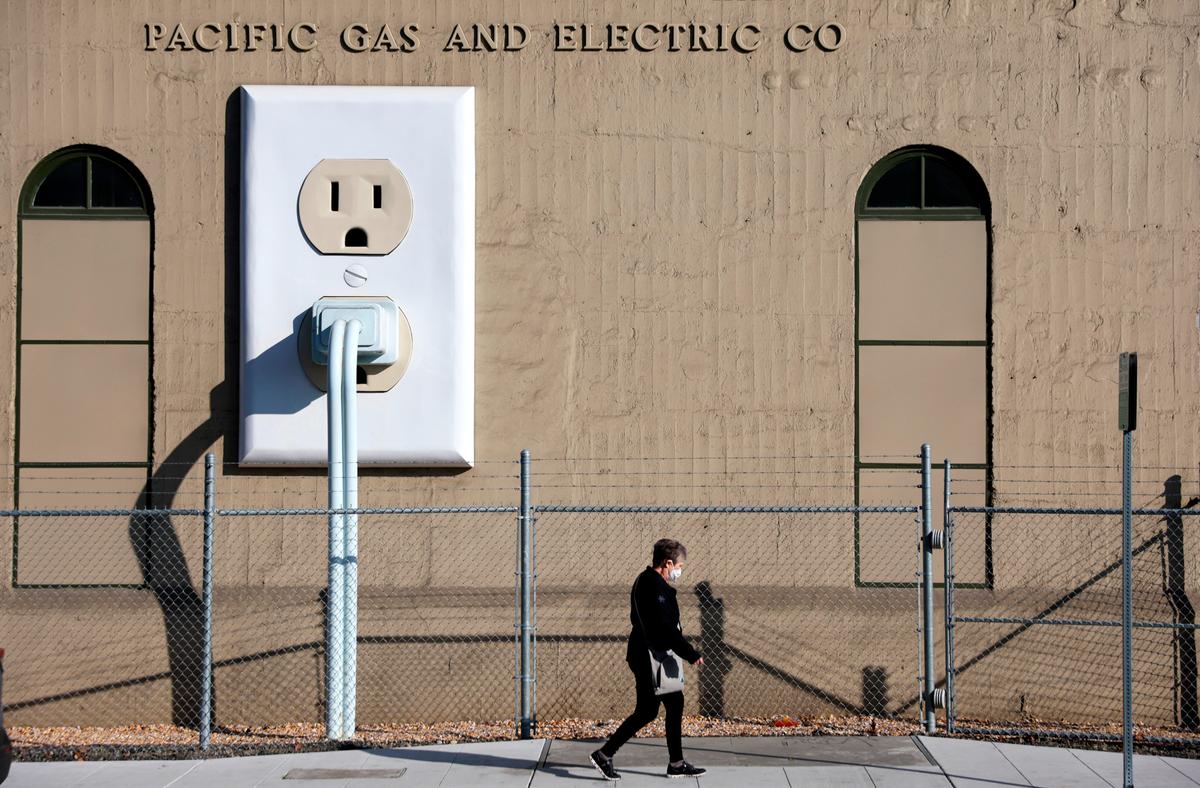
Explaining a Plant Closure
“The ongoing operating costs and the high cost of lignite [coal] were the primary reasons for retiring the plant,” SWEPCO spokesman Scott Blake told The Epoch Times.“Pirkey’s fuel costs have been rising for more than 15 years and were expected to remain higher than other similar SWEPCO plants.
“The analysis that led to the decision in 2020 to retire the Pirkey plant showed that avoiding compliance costs and higher ongoing operating and fuel costs would save customers an estimated $740 million to $1.2 billion.”
Utilities argue that, because the marginal costs of producing wind and solar are lower than that for oil and gas, electricity will become cheaper. However, critics are skeptical that consumers will ever see any savings.
In addition to the cost of a duplicative generation system, there's also the cost of building a massive transmission network to connect urban areas where the electricity demand is concentrated from remote locations where it's windy or sunny.
These costs are often passed on to consumers in the form of higher energy bills.
“Wind and solar will, at grid scale, increase the total system cost, which is the only thing that's relevant to a country,” Mr. Schernikau said.
“You don't care about the marginal cost of a kilowatt-hour, you care about the total system cost, and the total system cost always goes up the more wind and solar you have in the system."
Wind and solar advocates also claim that building battery storage systems will solve that problem, eliminating the need for backup generation systems, which is disputed by many analysts.
He said that “$200,000 worth of Tesla batteries, which collectively weigh over 20,000 pounds, are needed to store the energy equivalent of one barrel of oil."
"Even a 200 percent improvement in underlying battery economies and technology won’t close such a gap," Mr. Mills said.
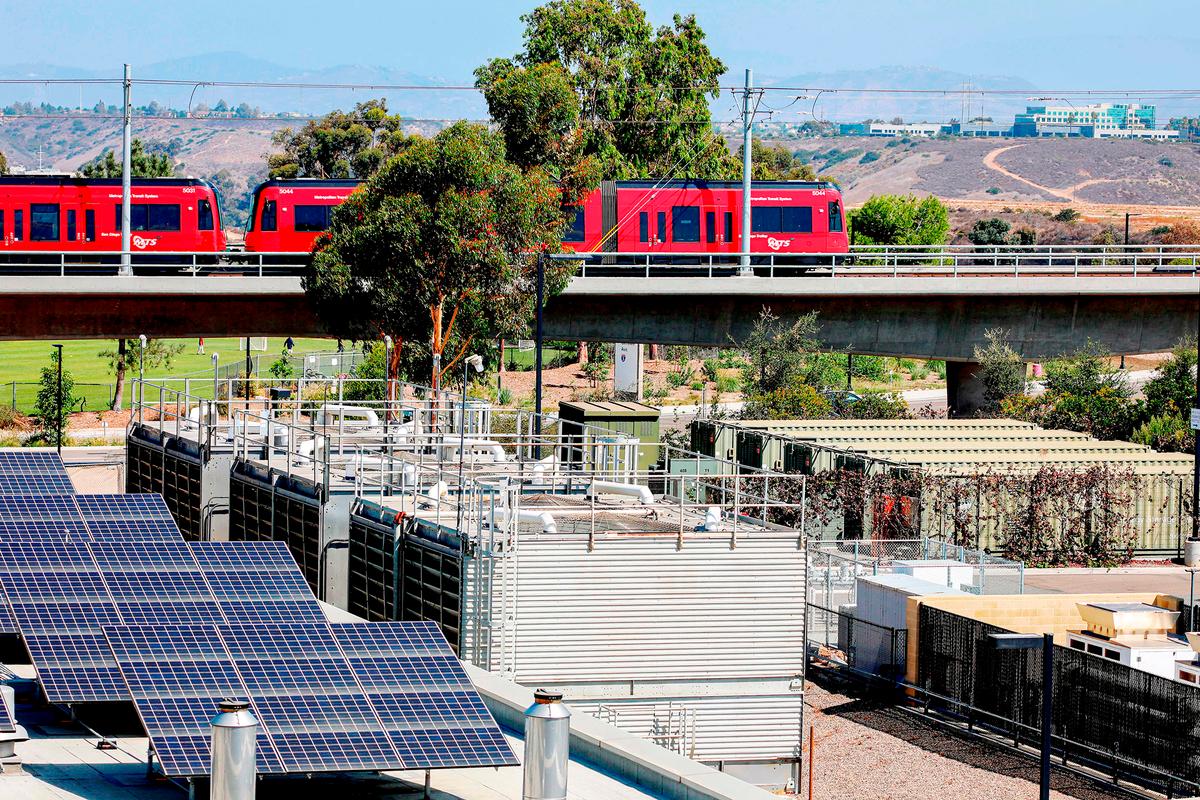
Industries Leaving Germany
Higher electricity prices aren't just affecting consumers. They're also affecting companies, driving up production costs and making them less competitive.As a result of Germany’s Energiewende, many manufacturing companies are relocating facilities to Asia, according to Mr. Schernikau.
“Heavy industry is leaving the country,” he said. “I'm speaking to industrialists and family businesses, who say, 'I have to look at alternatives; the cost of power is too high and the reliability is decreasing; you cannot run industrial organizations like this.'”
Many wind and solar advocates argue that shutting down coal and gas plants is worth the risk and the cost because it'll stop global warming. However, achieving that goal appears unlikely.
India also doubled its CO2 emissions during this time, to a current level of 2.5 billion tons.
While the West’s success in reducing emissions is overwhelmed by the rapid growth in developing countries, also not taken into account in green accounting are CO2 emissions from mining and producing wind turbines and solar panels.
Nor is there an accounting for the environmental damage from using often pristine land and seascapes to install and operate wind turbines and solar panels.

“Power plants and transmission lines will be located in areas not accustomed to industrial development, potentially creating opposition," a report by the left-leaning think tank Brookings Institution reads.
Retreat from Net-Zero Mandates
Germany was forced to restart or delay the closure of about 20 coal-fired plants last year because of the failure of wind and solar to deliver reliable energy, coupled with a boycott of natural gas supplies from Russia,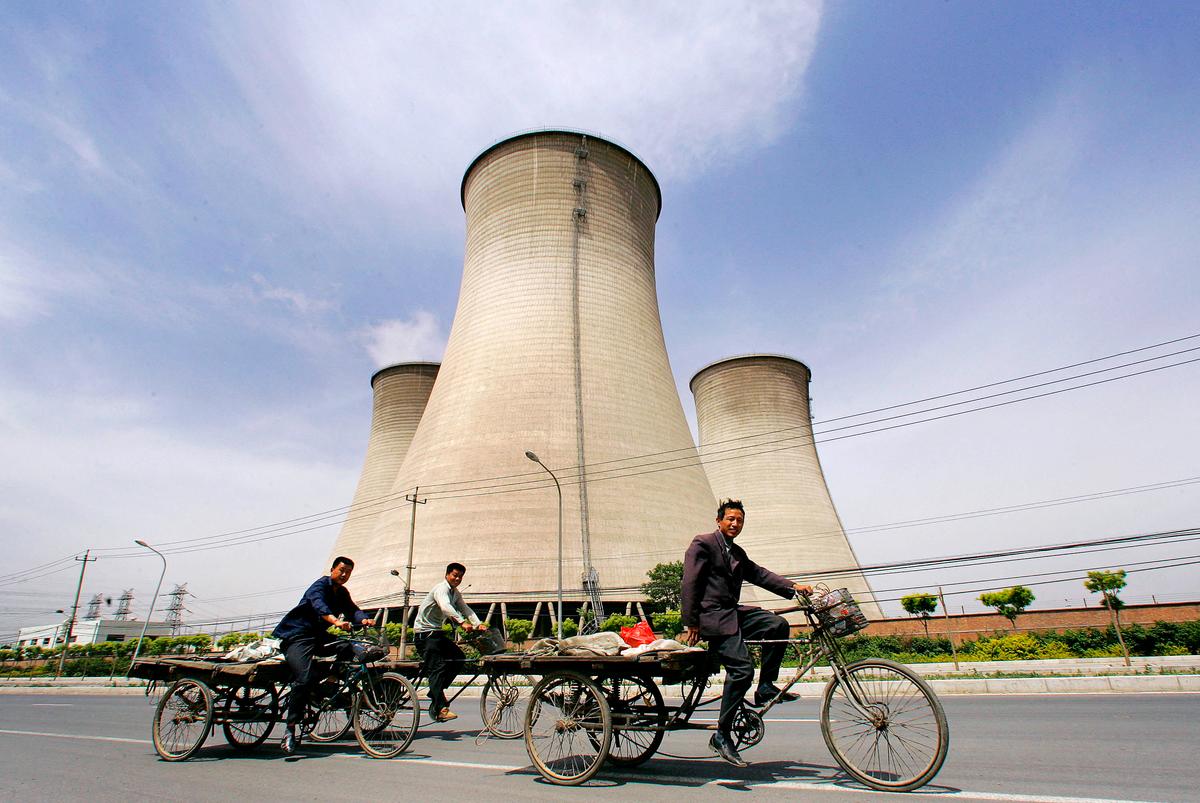
“For me, it's not political, it's just pure logic, economically and environmentally, what is the right thing to do,” Mr. Schernikau said. “And unfortunately wind and solar are not the right thing to do at grid scale.
“It doesn't mean every windmill is bad; it doesn't mean every solar panel is bad. But if you try to replace the system with this, you are running into trouble, and Germany is a perfect example.”
As Europe rethinks its transition to renewables and Asia charges forward with building its coal capacity, the United States is accelerating its dependence on wind and solar generation.
“We are in a very scary place,” Mr. Milloy said. “We are headed towards a brick wall and there is nobody doing anything about it.


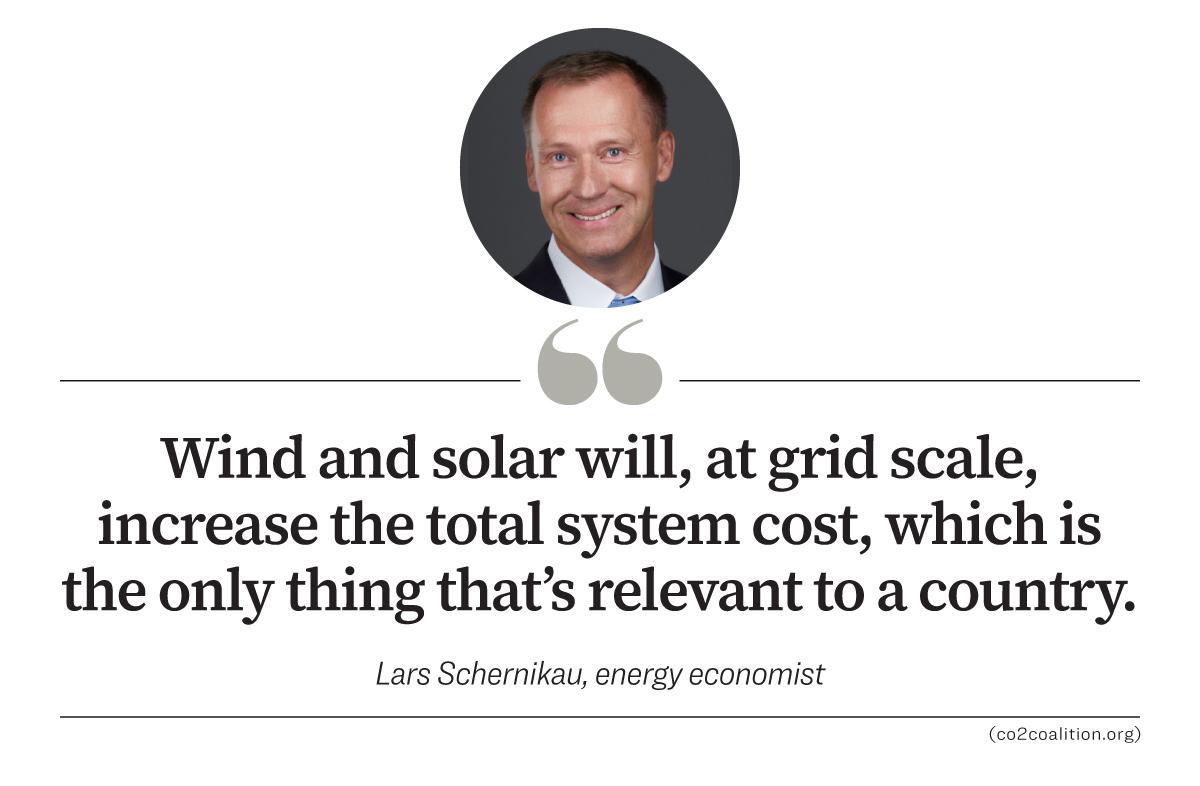
No comments:
Post a Comment